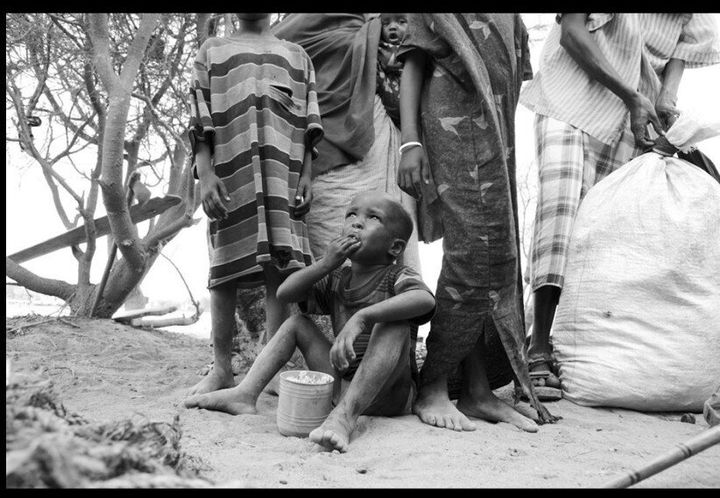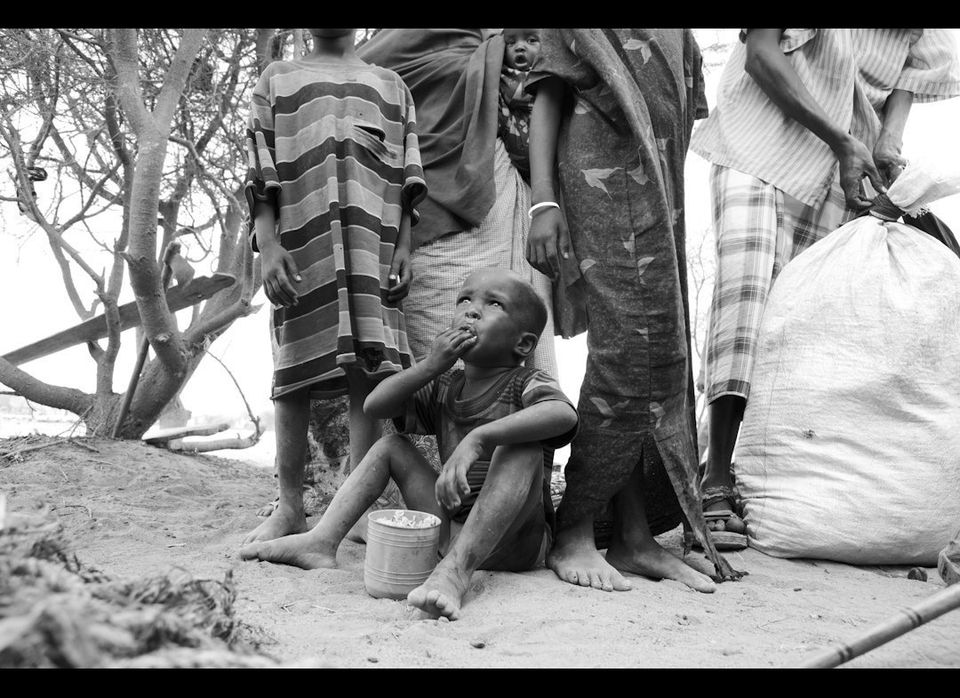
Every day an estimated 800 refugees from Somalia stream into Kenya's Dadaab refugee camp, which lies approximately 100 kilometers from the Kenya-Somalia border. With persistent war, and the worst famine for decades in 2011, the camp has swollen to a staggering 400,000 residents. If it were a city, it would be the third largest in Keyna. Far from anything that resembles a city, though, Dadaab is a mass of tents sprawling through the desert. Most refugees have little, if any, access to the rest of Kenya. Instead, they have to languish for years, sometimes decades, in the desert camp.
That is, assuming they survive the trip to get there. As Nicholas D. Kristof reported in a New York Times op-ed piece, the Kenya-Somalia border is plagued by bandits who regularly attack, rob, and rape refugees trying to make their way to Dadaab.
Once in the hands of Kenyan authorities, the journey is hardly over. In Liboi, the Kenyan border town from which refugees are brought to Dadaab, hundreds of people were living outside -- some for as long as five days -- while they waited for the bus to Dadaab. A local health worker called the crowded mass a public health "time bomb."
"One man, named Mahmoud Ali, had been waiting outside for multiple days in Liboi. He said he walked all the way from Somalia's capital, Mogadishu -- a distance of over 500 kilometers. Along the way, Ali witnessed "many people being slaughtered" and did not know where his wife and two children were anymore. In Somalia, "we are only waiting to die," he said. In Dadaab, at least it's just waiting.
